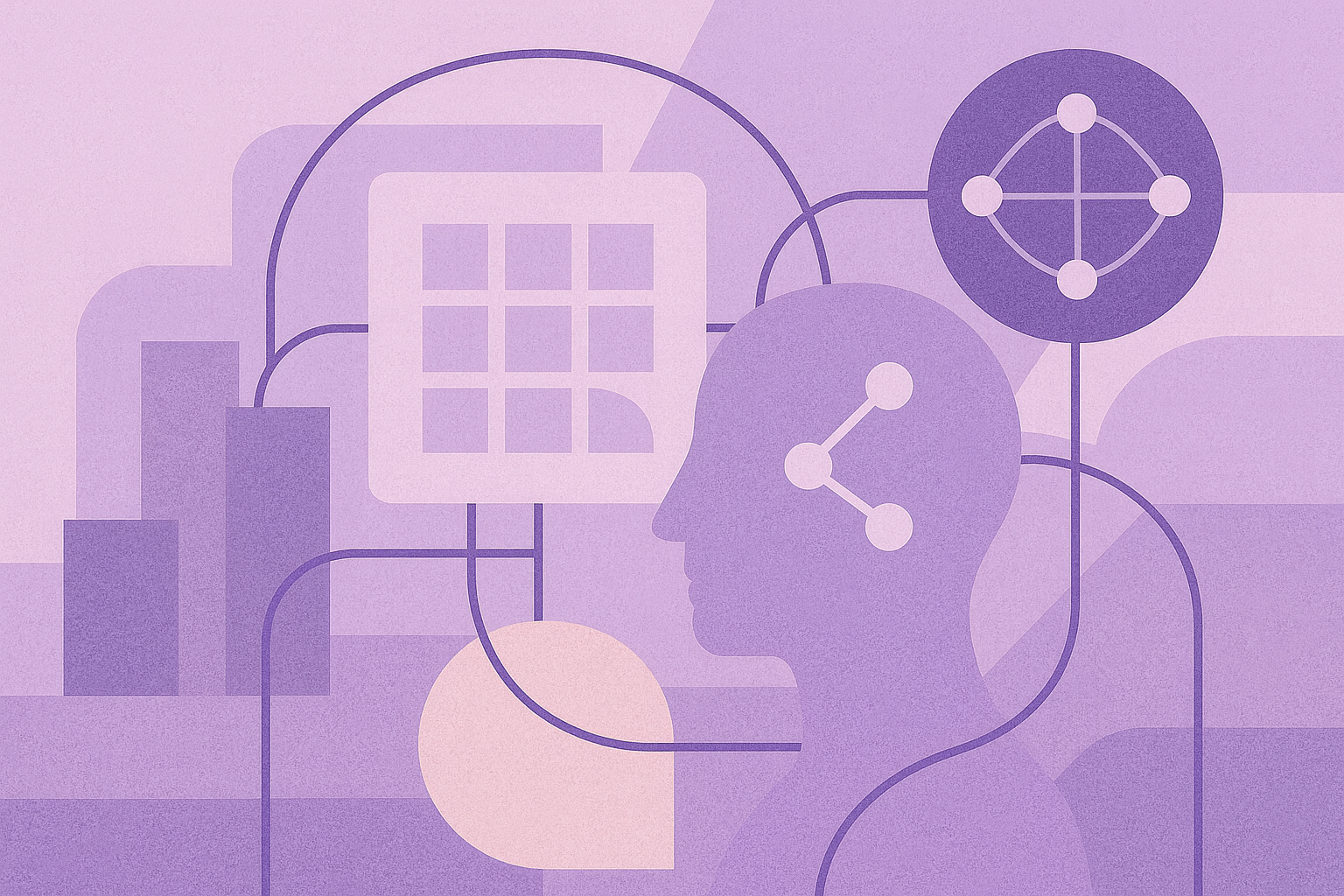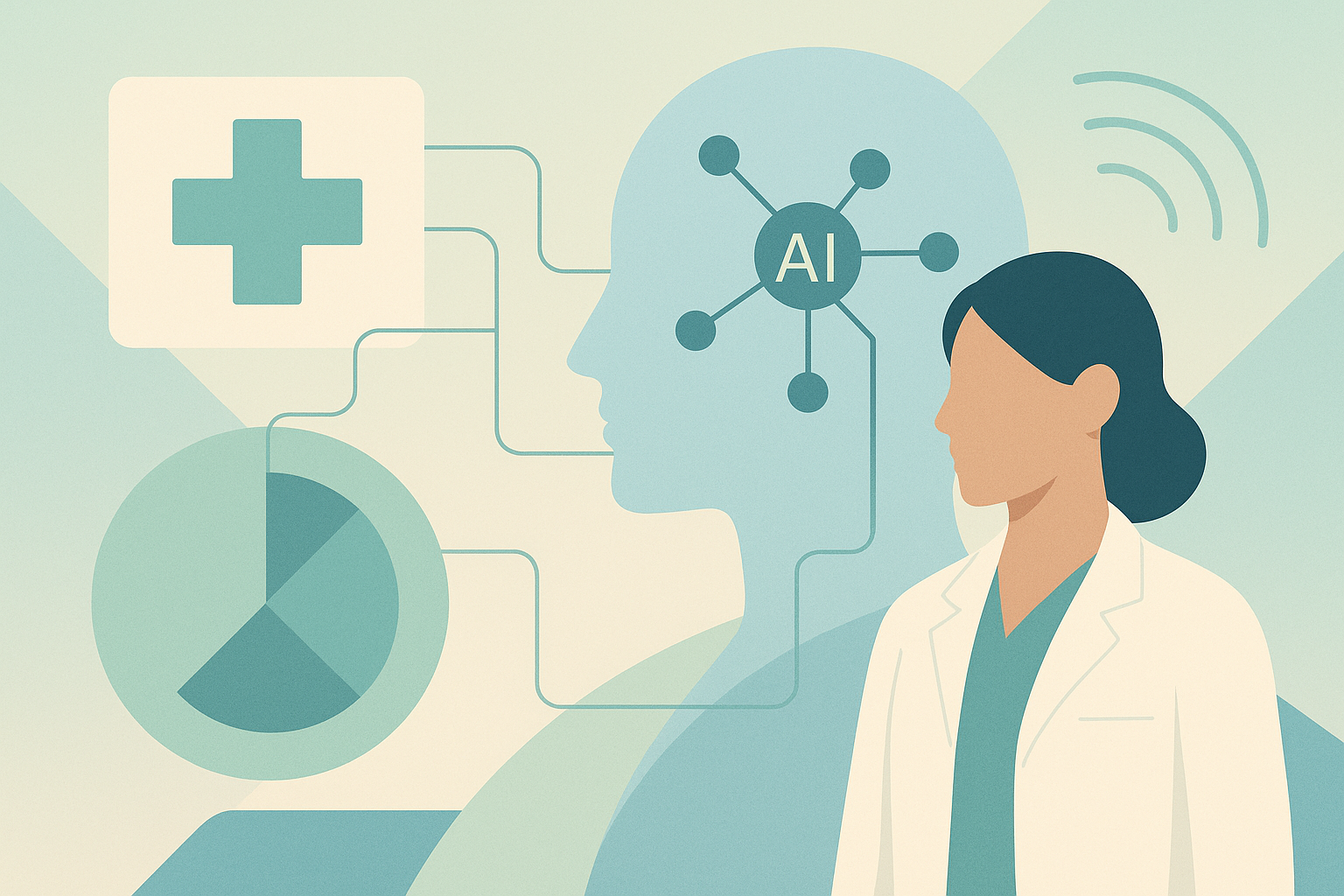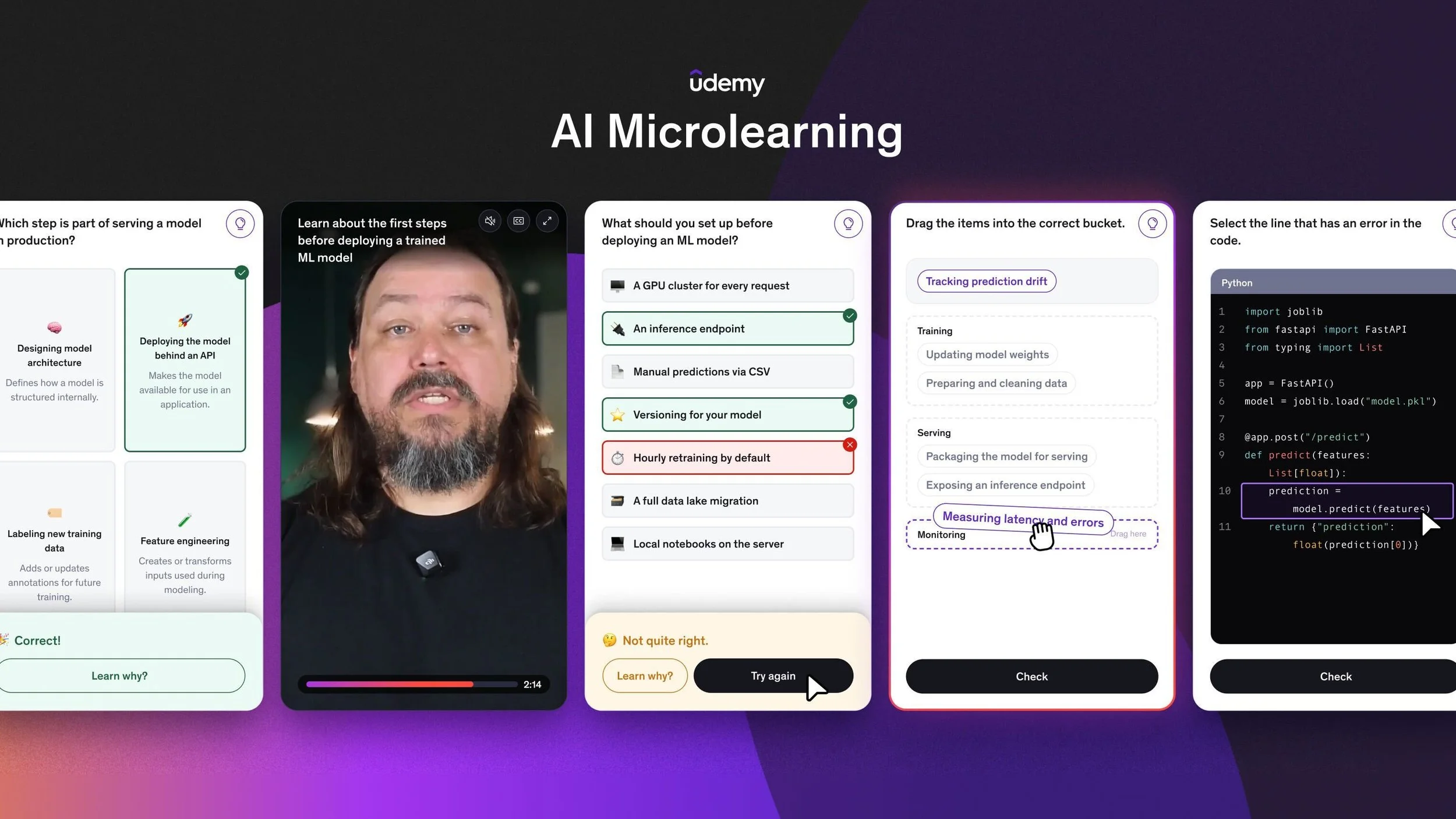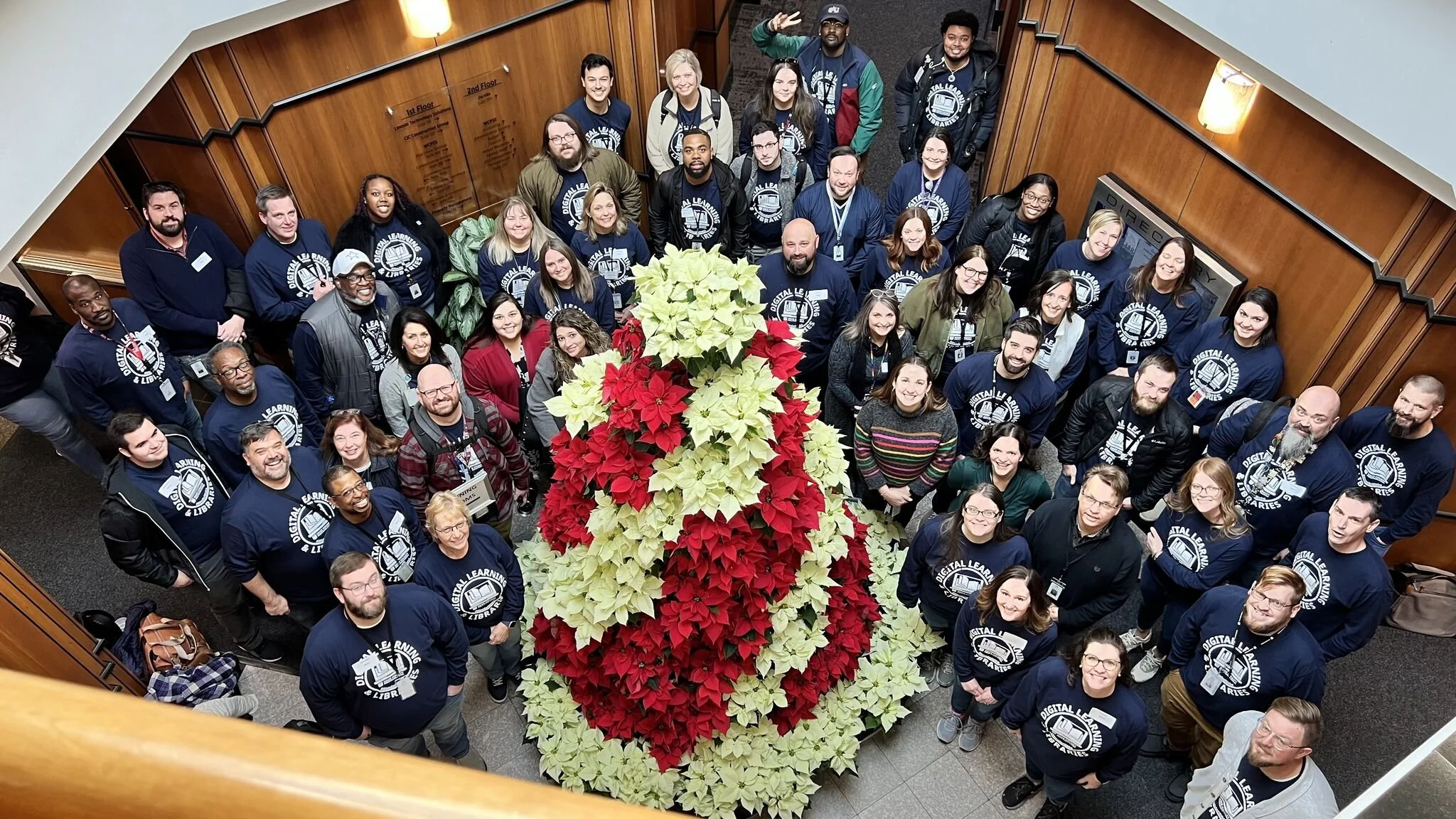ChatGPT’s top use is now education, with students using mobile app for study help and homework support
A new analysis of 88,998 user reviews finds education dominates ChatGPT’s Android app use, especially for math
A new review of nearly 89,000 user ratings reveals that students are using ChatGPT’s mobile app primarily for learning. Between July 2023 and April 2025, education accounted for over 41 percent of all task-specific reviews on the app’s Android version, significantly outpacing any other use case.
The analysis, conducted by email marketing agency InboxArmy, categorized user feedback to uncover how people use ChatGPT in practice. It found that students rely on the app to explain complex topics, help with homework, and clarify subjects ranging from science to math.
“We observed significant growth in ChatGPT mobile app downloads and wanted to understand how users engage with the app in practice,” says Scott Cohen, chief executive officer at InboxArmy. “By analyzing nearly 89,000 Google Play reviews, we aimed to identify the specific tasks that drive daily usage.”
Students lead usage across all categories
Out of 23,605 task-labeled reviews, 9,794 referenced education use. More than 89 percent of these reviewers rated their experience positively, with ChatGPT often described as a 24/7 tutor. One top-rated review reads, “I’ve been using this app for school projects and learning, and it’s amazing. It helps me solve math problems with detailed explanations. It’s like having a super-smart tutor available anytime.”
The findings reflect a broader shift toward informal and AI-supported study behaviors. A January 2025 survey by the Pew Research Center found that 26 percent of U.S. teens reported using ChatGPT for schoolwork, doubling from the 2023 figure.
A growing role in institutional settings
The rise of educational use is also being supported by formal adoption. Earlier this year, OpenAI partnered with California State University to roll out ChatGPT access to all 23 of its campuses, reaching over 500,000 students and staff. The initiative focuses on providing AI-powered tutoring and writing support directly via mobile.
InboxArmy’s analysis suggests that many students are already engaging with AI tools outside the classroom, raising questions for educators about how to respond.
Mobile-first learning behavior replaces traditional methods
The data shows that students are shifting away from desktop-based research or one-on-one tutoring models. Instead, many turn to apps like ChatGPT for real-time support. Common behaviors include solving math problems, generating essay drafts, checking grammar, and breaking down difficult concepts, often from a smartphone.
The findings suggest that ChatGPT is functioning as a lightweight academic support tool, integrated into students’ daily routines.
Research, mental wellness, and writing support
Although education dominates usage, the app also serves broader purposes. Other leading use cases include:
Research and information lookup (9.4 percent of mentions, 74.8 percent positive sentiment)
Personal growth and mental wellness (7.3 percent, 96 percent positive sentiment)
Work-related communication and writing support (6.2 percent, 89.9 percent positive sentiment)
Categories such as content creation, translation, and programming also appear, indicating continued interest in AI across personal and professional domains.
Not all features are well received. Visual content generation, which accounts for 18.6 percent of task mentions, scored the lowest in user satisfaction. Only 31.6 percent of reviewers rated the feature positively. Complaints centered on low image quality and usage restrictions.
Implications for educators and platforms
InboxArmy’s findings reinforce the extent to which students are already integrating generative AI into their study habits. While AI in education remains contested, this user-led data shows that mobile tools are becoming part of students’ academic infrastructure — whether schools embrace them or not.
Cohen says the analysis is meant to help educators, developers, and policymakers understand how learners actually use the tool. “ChatGPT isn’t just a novelty or a productivity hack. It’s become a daily study aid for many students. And that shift has implications far beyond the classroom,” he says.





















